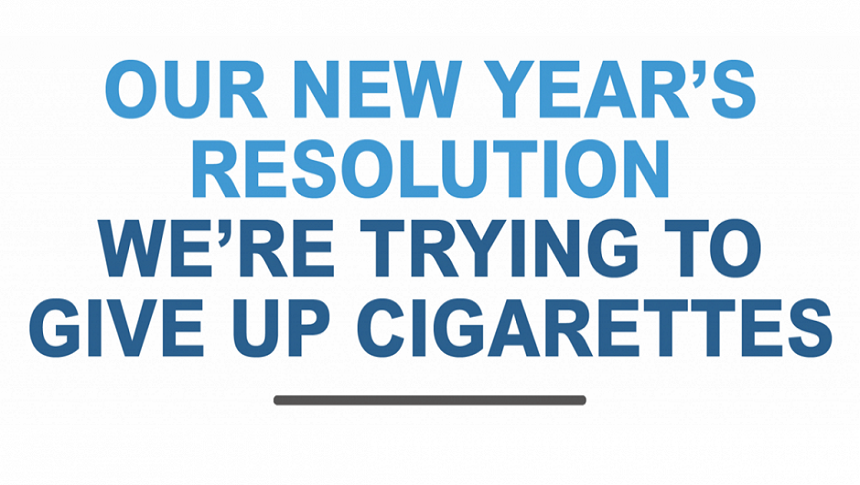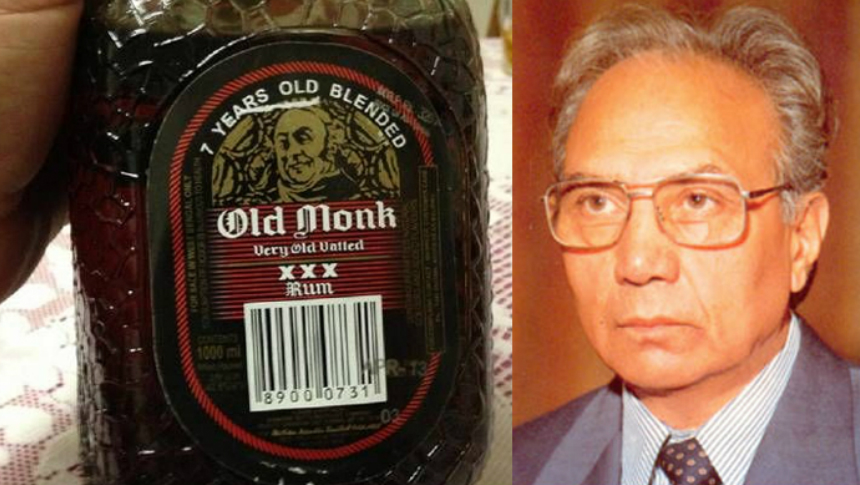April 3. You have just successfully completed producing your brand’s next magnum opus TVC. You have spent millions in production and it’s time to unveil it to the world. It’s going to take the world by storm. Research has shown that it raises all the right emotions and hits all the hot spots.
April 4: The campaign is finally released.
April 7: You withdraw the campaign in the face of the consumer and media onslaught of negative feedback.
Even five years ago, no CMO would have dreamt that this would be something he would have as a challenge.
However, things have changed rather dramatically in the field of marketing, like many others, and trying to capture these changes and present in a simple, definitive way is in itself a challenge.
Much ink has been spent on this topic, so I am not going to talk about co-creating with consumers, consumer controls the journey, the internet, need to be agile, talent paucity etc.
These are well-known challenges. I will try and approach it slightly differently.
So here goes.
To simplify the way to examine the challenges, I will put them into two buckets.
External and Internal
Looking at External Challenges first:

How do you sell an aerated beverage to someone who believes that the plastic bottle is bad for the environment or someone who is very health conscious. This explains why something like #sharetheload struck such a resonating chord around the world. CMOs are going to have to look at ideals, more than ideas, to talk to this new emerging consumer.
Changed consumer
Our parents lived their lives in a certain way and most of us in my generation have sort of continued living in the same way.
Family comes first. Work in traditional jobs. Loyalty to company, to job, to spouse. Buying a house as security. Education is key and doing well in school is an important benchmark.
We are seeing a new sort of consumer emerging of late. They are more ‘me centric’, and follow their passion into nontraditional jobs; ownership of assets is unimportant. They are active participants in the sharing economy. Loyalty is not a highly valued virtue. It is, in fact, a different value system altogether. Clearly, this means the traditional ways of looking at brands and brand positioning need to be revisited. Functional benefits take a back seat and even the emotional benefits offered, need to appeal more to a value system rather than to a direct product related one. How do you sell a car to someone who doesn’t want to drive?
How do you sell an aerated beverage to someone who believes that the plastic bottle is bad for the environment or someone who is very health conscious. This explains why something like #sharetheload struck such a resonating chord around the world. CMOs are going to have to look at ideals, more than ideas, to talk to this new emerging consumer.
We were recipients of communications that marketers shipped out through a multitude of media vehicles. What they lacked in ideas or content, they made up through share of voice. As consumers we sat back and had to lap it up. The best we could do was to change the channel.
Lean forward
Quite frankly little has changed in the way marketing was done to the previous generation and to mine. Yes, product variants and pack sizes changed. New kinds of products were introduced. Media channels changed: From radio to TV. From POS in unorganized retail to Experience Stores in organized channels. We were recipients of communications that marketers shipped out through a multitude of media vehicles. What they lacked in ideas or content, they made up through share of voice. As consumers we sat back and had to lap it up. The best we could do was to change the channel.
With the arrival of digital, it was easier to exit by hitting the red cross on the corner of the page. This is a problem in itself. But the new consumer is talking back. She is making her voice heard. She is leaning forward. If she doesn’t like something, she will state it loud and clear. The Pepsi example cited at the start of this article is a great example of this challenge that CMOs face. The recent Chanel boomerang example is another one. So CMOs have to be prepared not just to broadcast butalso receive and act on it. This needs a very different type of preparedness. That too in an always-on world.
Distribution

Thanks to the internet, we are seeing an explosion of distribution channels for many brands. There is the usual Amazon, Flipkart kind of channels. But there are also payment gateways selling brands, brands having their own online stores and offline stores, including Flagship stores. Balancing these various channels with respect to traffic and making sure there is limited cannibalization and that each is profitable, is a big challenge.
Starbucks, for example, has a store in practically every block in the US. They do office deliveries. You can buy in bulk in stores. You can buy it on a flight. They have stores in stores.
Experienced wisdom has always been that b2b brands need personal contact, is time-consuming, goes through many departments and so on. That has changed. We are seeing b2b brands like IBM, Cisco going online now. They have marketplaces where you can swipe your card and buy a product. Staying with the b2b world, software as a service is growing rapidly. Now you can ‘rent’ nearly any customer software without owning it. We are seeing the growth of laundry service in the offline space. As you can see, if you are a CMO deciding which channels to be present in, which channels to create, which SKU in which channel are all key challenges to be addressed. You do too much and the channel hits back, and you do little and you leave dollars on the table.
While, there are challenges like these in the external world, the CMO is also faced with a few challenges within the company that he works in.
I need an app? Do I need a Facebook page? Should I be on Twitter? How about Instagram? What should the customer journey be? Unica or Marketo? Can Watson take over my analytics? Do I need a mobile strategy? You can’t answer these questions, all relevant ones, unless you are technologically inclined.
Technology
This is arguably the greatest change, and therefore, challenge that the CMO is facing today. Technology has invaded nearly every part of marketing and has changed the way it is done. At one end is just being able to view and review old fashioned marketing. For example, POS monitoring products that show location of the POS, the messaging on them and date changed. At the other extreme, is streaming data from online campaigns that need to be optimized. Somewhere in between, is marketing automation that needs to be set up through well thought up business rules and anticipating what-if scenarios. Used to be that there was a separate department that set up and ran technology, that helped marketing.
But with technology growing to be more integral to marketing, the challenge for CMOs is to be abreast of the technologies and use it to do better marketing. Do I need an app? Do I need a Facebook page? Should I be on Twitter? How about Instagram? What should the customer journey be? Unica or Marketo? Can Watson take over my analytics? Do I need a mobile strategy? You can’t answer these questions, all relevant ones, unless you are technologically inclined.
The luxury that marketing had about ‘long term’ effect of their activity is going away. Sales is putting more pressure on marketing, on delivery. This is requiring marketing to balance the long term with the short term. The CMO now is challenged to be accountable to sales for specific numbers within the quarter, if not the week.
Marketing — Sales connect
Classically, companies had marketing departments and sales departments that were separate and run by two separate strong leaders. That line is slowly blurring. With greater proportion of marketing activity occurring online the gap between marketing and sales is pretty non-existent. Marketing is being held to far greater direct sales accountability than ever before. Every activity is expected to contribute to the sales funnel.
The luxury that marketing had about ‘long term’ effect of their activity is going away. Sales is putting more pressure on marketing, on delivery. This is requiring marketing to balance the long term with the short term. The CMO now is challenged to be accountable to sales for specific numbers within the quarter, if not the week. Marketing metrics at one end from impressions and through to calls, clicks, walk-ins, downloads, trials, sales, repeats. The funnel is owned jointly and sales and marketing are joined at the hip. CMOs know, now more than ever, and faster than ever, actions have consequences.
Some aspects of creative have started moving in-house. Clearly, the Pepsi debacle shows what should, probably, never come in-house. But other sorts of content creation like social media is moving in-house.
Internal – External
In the marketing ecosystem, there was always a clear role for work done internally and that which was outsourced. For example, creative and media was always given to experts in the agencies. We have seen that slowly change. Some aspects of creative have started moving in-house. Clearly, the Pepsi debacle shows what should, probably, never come in-house. But other sorts of content creation like social media is moving in-house. There could well be other parts of digital creative work moving in-house in attempts to be nimble and responsive to the environment.
We are now seeing aspects of media moving in-house too. With programmatic media which is very first party data dependent, many marketers are preferring to bring it in-house. So the CMO now has greater responsibility for a much longer value chain. And a varied one. Left brain and right brain sort of chain. Now that is a big new challenge for the CMO.
So that is my short list of the many challenges facing the CMO today. Obviously, this is not exhaustive by any means but this gives an idea of the changed environment within which the CMO has to operate today.
I would wager that the CMO’s role today is probably the most functionally challenging role in an organization. I believe in most functions, technology has crept in and changed aspects of the business. Like blockchain and IOT. However with marketing, technology has changed the consumer herself. And with that, everything has changed… how we talk to her, what we say to her, when and where we talk to her. How she responds. What do you do. And how do you react? 24 X7.
If you think it is all too hard, the good news is that it seems CMOs are more likely than ever to be CEOs. With companies rediscovering the need to be customer centric, they realise the person best equipped to do so is the CMO.
Long may they live and may their tribe grow stronger.


